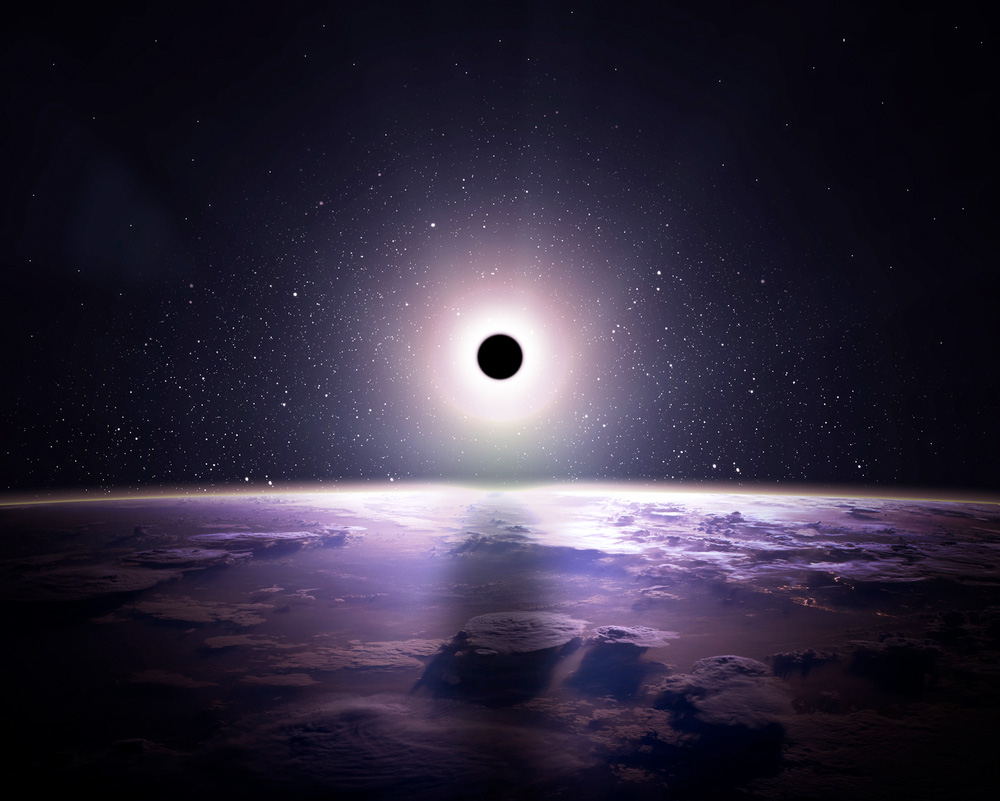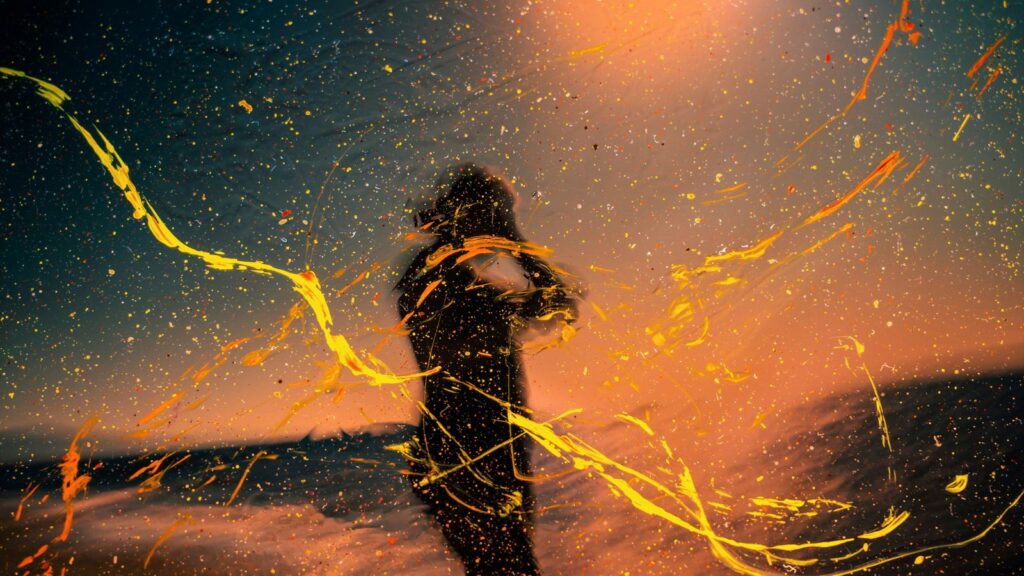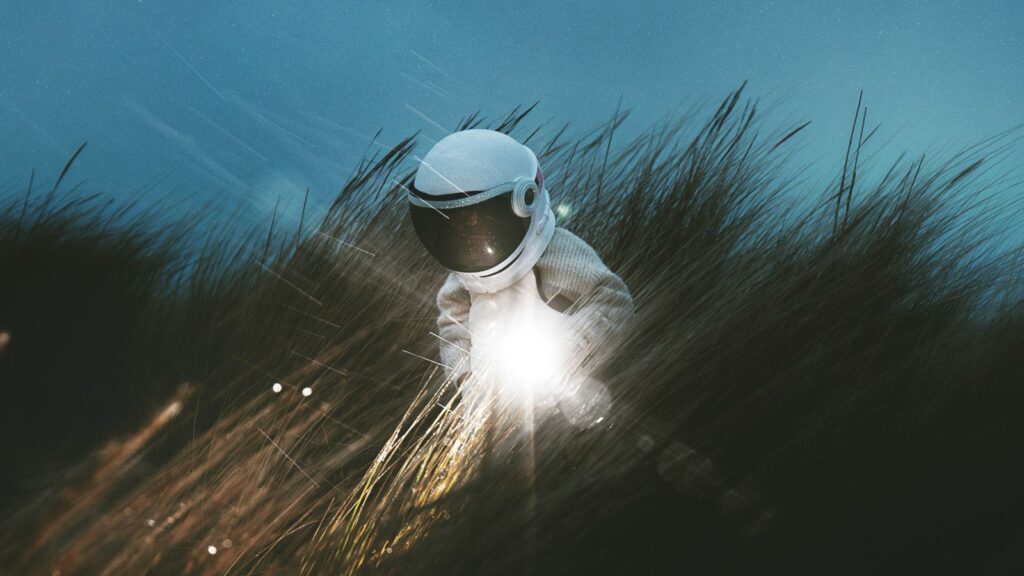Techno-Adolescence and Type I Civilizations
“A single message from space will show that it is possible to live through technological adolescence,” Sagan wrote in Smithsonian Magazine in 1978. “It is possible that the future of human civilization depends on the receipt of interstellar messages.”
Then there’s Russian astronomer Nikolai Kardashev’s “Kardashev Scale.” This categorizes civilizations according to their energy consumption. Type I Civilizations harness the power of a planet. Type II utilize the sun. Type III? The Galaxy. According to Kardashev’s scale, we haven’t even reached Type I, still burning fossil fuels and struggling over control of oil wells by warring nation states. The Vulcans wouldn’t even break Warp I to check us out right now (but maybe they’d stop to chat with some whales).
Kardashev did not bring his scale beyond Type III, but other people have extended the scale as high as a Type VII. On these higher levels, proposed capabilities do not always coincide exactly from one person’s scale to another, but they all imagine beings with ever-increasing capabilities, such as moving through multiple parallel universes and dimensions, ultimately being able to manipulate all existence. The Star Trek character Q and his people might fit into one of these higher civilization types.
The higher you go, the more the members of the civilization (whether biological or more sentient machines by that point) are effectively deities, which in a way turns the theism-atheism paradigm on its side, inside out, or disintegrates it completely, putting the mortal-to-deity difference onto a sliding scale. The gods lived in the clouds in the minds of our ancestors, and today we cross those clouds routinely. To cave people, we would be gods, despite our vulnerabilities.
So there you have it. Even by optimistic estimates we are hardly a space-faring civilization, let alone a planetary one. We have a lot going for us, but as Q from Star Trek’s Next Generation tells the crew of the Enterprise: “It’s not safe out there, it’s wondrous, with treasures to satiate, desires both subtle and gross. But it’s not for the timid.” And he’s right, but we might also add that one of the greatest dangers we face, perhaps just as much as planetary catastrophes and meteors and electromagnetic storms, is the human psyche itself. The dangers we face in our own evolution are, at least in part, our very selves. “Mankind is the danger!” Carl Jung presciently warned us. Can we reach past our own violence, our own self-decimation, our own ecocide (which, if we take Gaia Theory seriously, is essentially collective suicide), and step onto those cosmic shores for the first time? We caught a glimpse of it, troublesomely, during the Soviet Era’s Space Race. Like a mystical Peak Experience, we humans stood on the face of our Moon and felt the pull of the cosmic tide, saw Earth islanded in a sea of stars.
Now we’ve crashed back down into a world that seems to be on the brink of birth, of death, and we can’t tell which way it’ll go. One thing is for certain, and it’s that we should do our very best to uplift our consciousness. Take these cosmic yardsticks and measure them to our own being. Our potentials, our pitfalls. Let’s see to it that this is merely the beginning for our species.
There are worlds to explore. See you out there (or in here).















